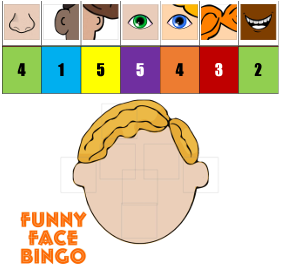I have developed this game for my classes to have a fun way to review simple introduction questions.
I use a ball to review the questions with the class first. I pass the ball to a student and ask a question, they then have to answer it and then pass the ball to someone else before asking them the same question. This goes all round the class, until the ball come back to me. The last student asks me.
The questions are:
- What’s your name?
- How old are you?
- Where do you live?
- What’s your favourite food?
- What’s your favourite sport?
- What’s your favourite hobby?
You can also do another round where you throw the ball to one person and ask about a classmate…
- What’s his name?… etc.
The game is played like happy families. Students ask each other closed questions to find a ‘family’ i.e. the name, age, location, favourite food, sport and hobby of one person. The first one to complete a person wins.
You can play in groups up to 8 people.
I deal 5 or 6 cards to start with and when a student gets a ‘no’ answer, they take a card from the pile of leftover cards and then the turn passes to the next student. This carries on until the cards run out in the pile.
If a student gets a ‘yes’ answer, they can ask again.
They can only ask for a card from a family they already have in their hand.
I design a lot of card games in this way, because the students know the rules instinctively and they are fun!
Download the PDF of the game here: https://classroomgames.net/product/introductions-card-game/
Print, laminate and cut out, then play! Let me know in the comments on my Tiktok account how you have used the game.





